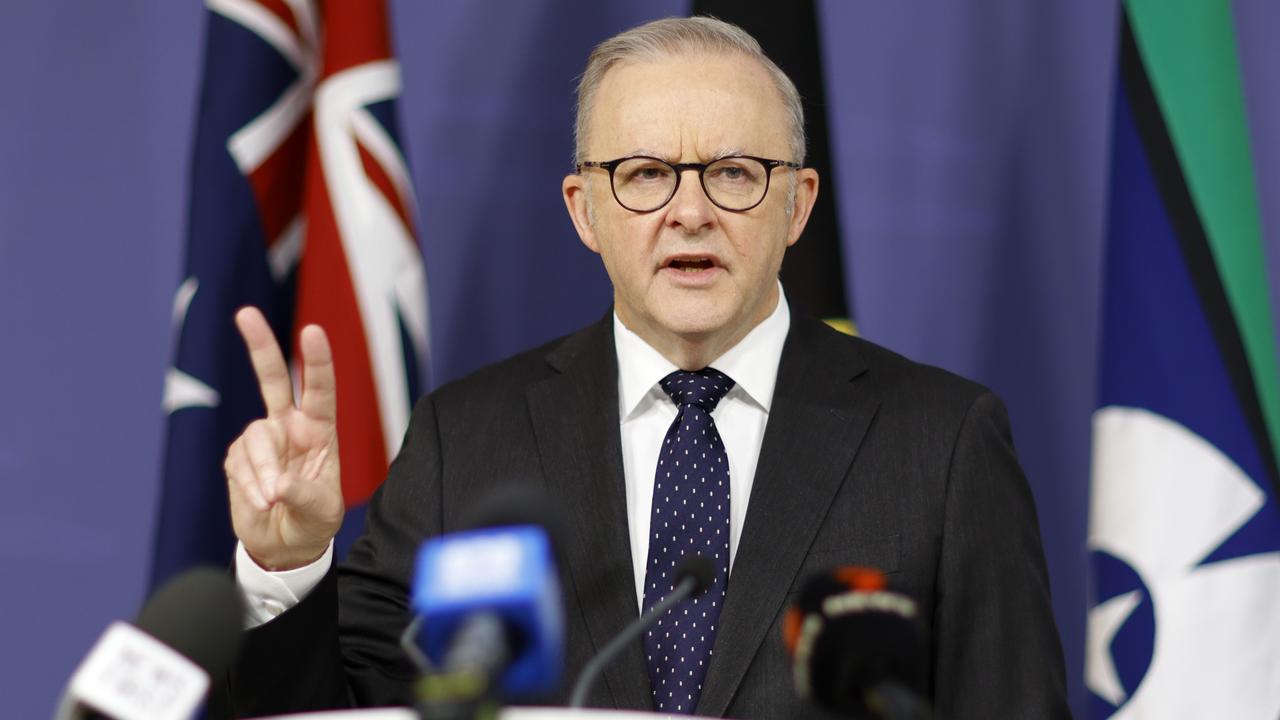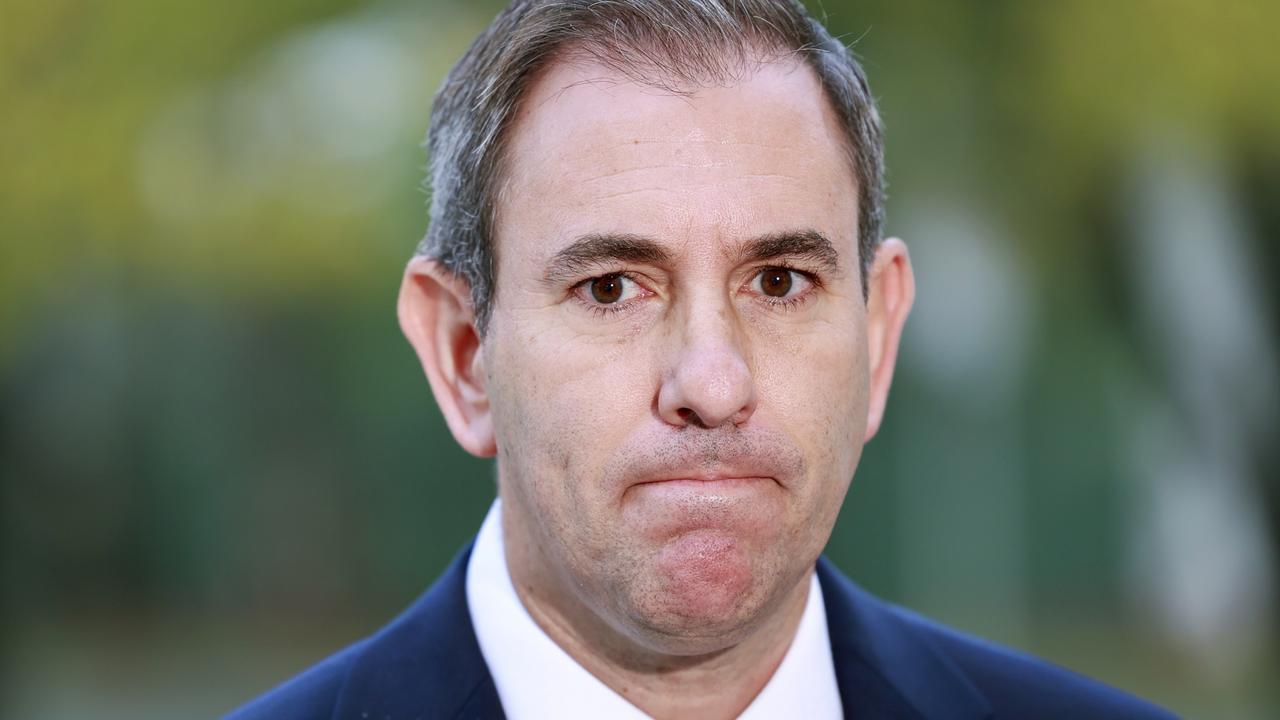Taskforces look good, but do they fix the problems? | Kathryn Bermingham
Taskforces, committees, commissions ... the state government has a go-to tactic when bad news emerges. But what are these reviews actually achieving, asks Kathryn Bermingham.
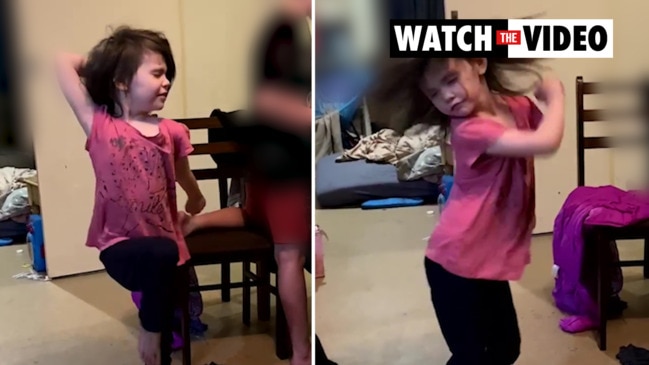
Opinion
Don't miss out on the headlines from Opinion. Followed categories will be added to My News.
When modelling released in the federal budget revealed electricity prices would skyrocket over the coming years, the question on the minds of many was obvious: What will governments do to help?
As countries across the world grapple with the effects of the worsening energy crisis, it’s clear that the answer is “not a lot”.
In the short-term at least governments are limited in what they can do to alleviate pressure beyond measures already in place, such as cost-of-living concessions and energy concessions.
And so it should have come as no surprise that the South Australian government did what has become a go-to when it is in a tight spot – it announced a taskforce.
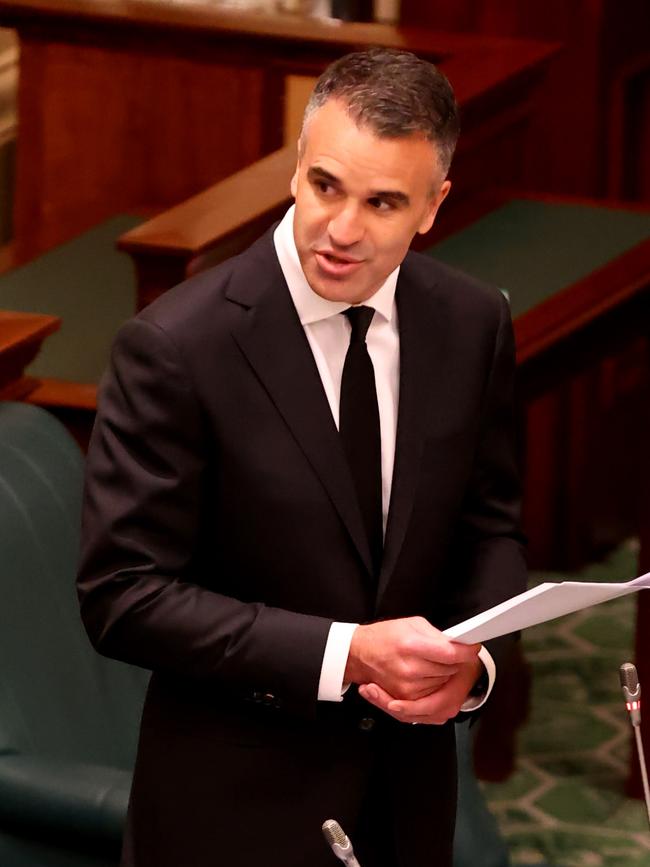
The week after modelling projected we were all going to be paying an extra 56 per cent for electricity and 44 per cent for gas over the next couple of years, Premier Peter Malinauskas rose in parliament to reveal he had established the new National Energy Crisis Committee of Cabinet to look at ways to shield the state from the worst impacts of the crisis.
The committee will be supported by a separate taskforce, which will help develop responses to the forecast electricity price increases.
It may well be that the groups will prove themselves effective and help formulate an appropriate response to the issue. But as the government announces more and more taskforces, committees and reviews it’s clear it is losing impact.
Instead, it seems in some cases as though the can is being kicked down the road.
By announcing a taskforce (or a committee or review) the government can be seen to take action while an issue is live and fresh on the public radar. It’s good optics.
But, by nature of a taskforce, it’s not expected to have immediate results to show for it. The wheels are turning, but results will take time.
It’s getting hard to keep track of all the taskforces, committees and reviews announced since the March election. Some have been reactive, announced in the wake of major incidents, while others have been proactive on particular issues.
There is the independent review of all coronial recommendations relating to child protection in South Australia, and the independent review of the deaths of children Charlie Nowland and Makai Wanganeen.
In August, days after the tragic death of a 47-year-old man who waited 42 minutes for an ambulance, Mr Malinauskas announced another taskforce would be set up “at haste”.
This one, he said, would investigate whether Metropolitan Fire Service resources should be called in to respond in situations where ambulances are unavailable.
So quickly was the plan announced that it appeared to blindside even Country Fire Service chief Mark Jones, who, in the hours following Mr Malinauskas’s press conference, went public with concerns CFS volunteers were regularly required to attend incidents “beyond the scope of their firefighting duties”.
It should be noted there was never any suggestion the taskforce would investigate use of CFS resources.
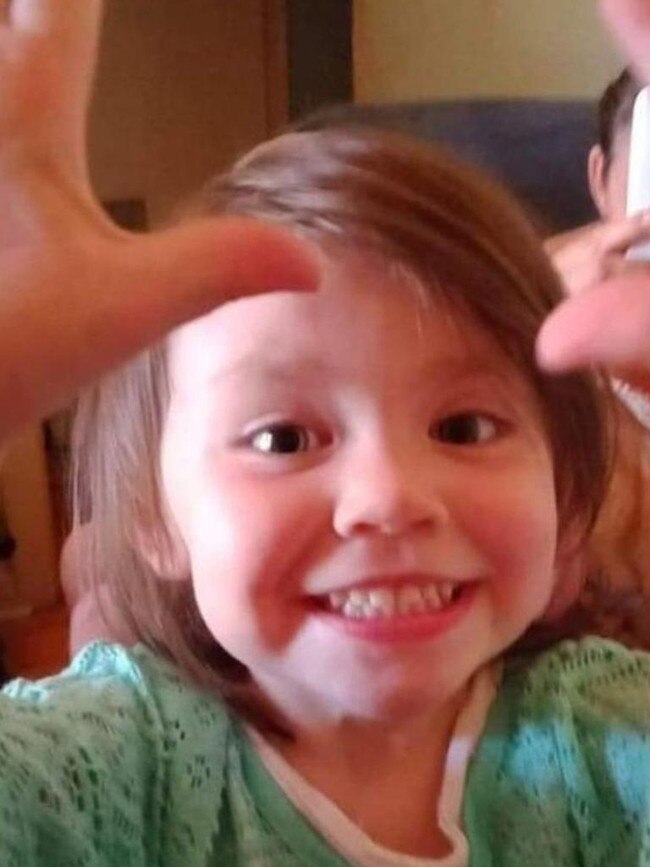
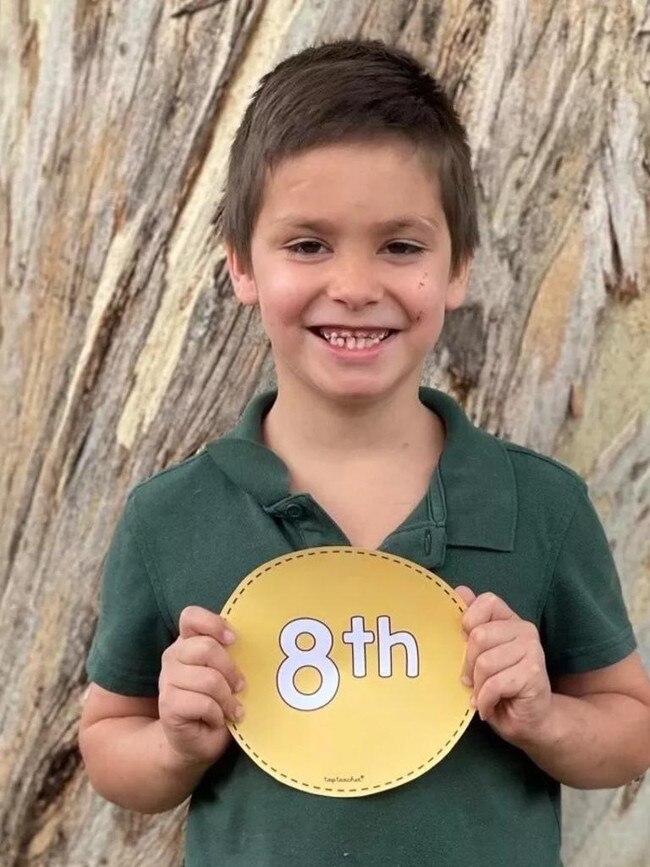
There is also the Premier’s Taskforce on Police Resourcing, the Gender Pay Gap Taskforce, the Older Women’s Housing Taskforce and the Voluntary Assisted Dying Implementation Taskforce.
While not classed as a review, taxpayers will fork out more than $2 million for the Royal Commission into Early Childhood Education and Care, which will also investigate implementation and deliver a final report to the government.
There’s a joint state-commonwealth Defence Industry Workforce and Skills Taskforce, independent review of SafeWork SA and, just last week, Mr Malinauskas launched an urgent review of plans for a new CBD Indigenous art gallery following a cost blowout.
A review of the Torrens to Darlington project, commissioned after the previous government had already finalised a reference design, has been ongoing since shortly after the election.
In the next few months the reports of some of these inquiries will start to be made public.
That will present a challenge – and potentially a real problem – for the government.
After establishing and funding the groups and reviews, the government must consider whether it will act on their findings, which could come at great expense.
If it chooses not to implement findings and recommendations it calls into question why the inquiries were commissioned in the first place.
In some cases that could give rise to accusations they were used simply as an instrument to delay funding for projects.
To avoid this, the government must make all recommendations and findings public, and act promptly to implement them.



